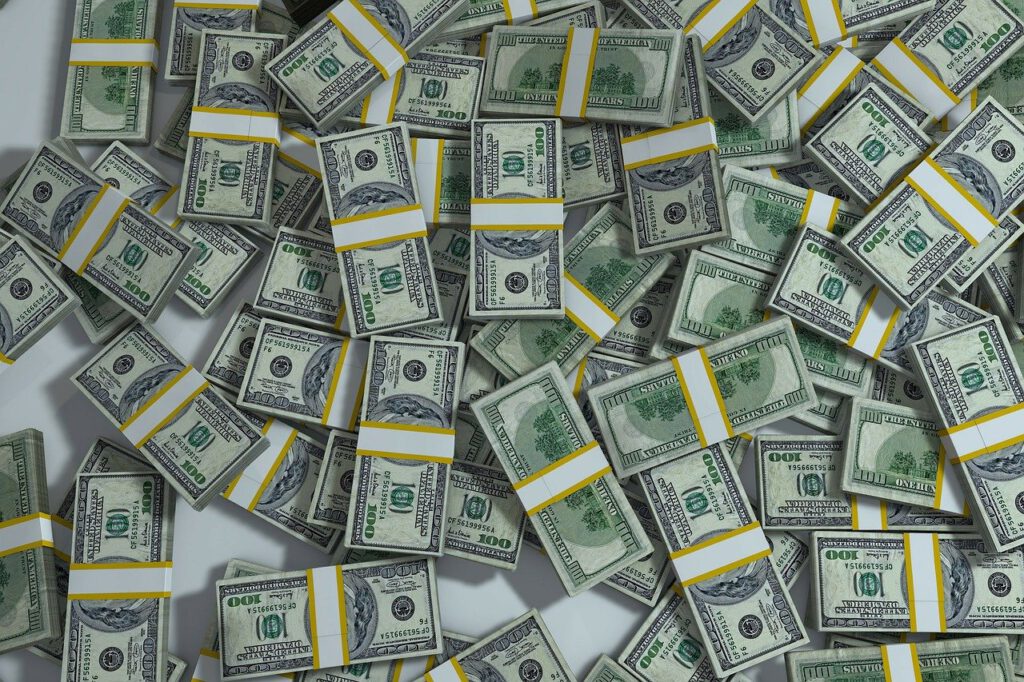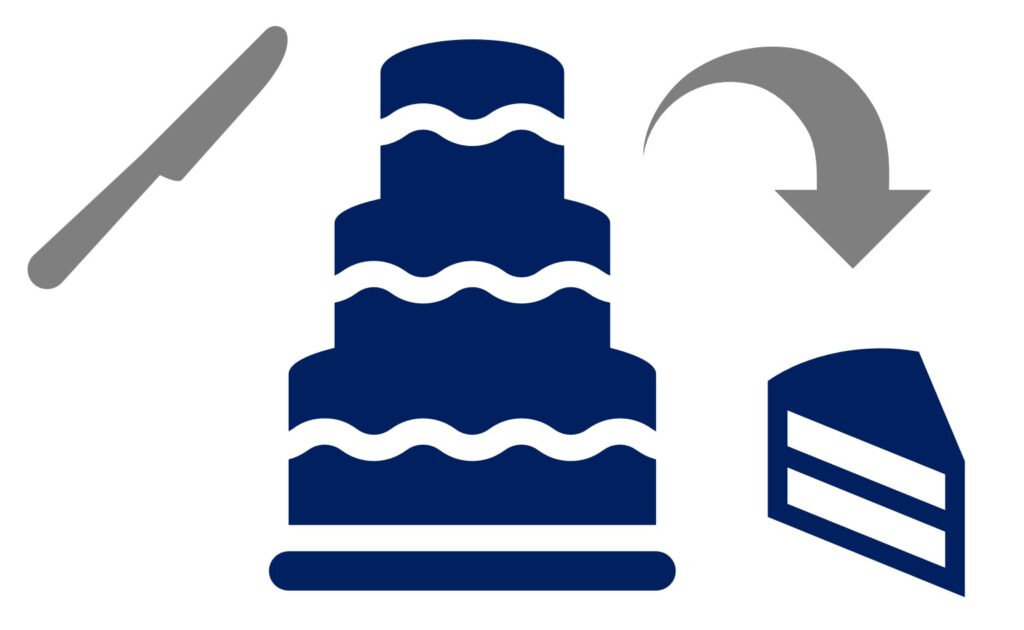
Debunk the Junk
Welcome to „Debunk the Junk,“ the podcast that slices through the layers of financial deception to unveil the core of illicit activities.
Two Cakes

Money Laundering
- Placement – Represented by the largest bottom layer, indicating the stage where the largest volume of illicit funds enters the financial system.
- Layering – Depicted as a smaller middle layer, suggesting that, during this stage, some of the money might be lost due to various transactions and fees.
- Integration – Shown as the smallest top layer, symbolizing that the amount of money finally integrated into the legitimate economy might be less due to the laundering process.
Terrorist Financing
- Raising – The large bottom layer represents the initial accumulation of funds, which is typically the largest bulk of resources gathered for terrorist activities.
- Moving – The middle layer is smaller, illustrating that moving funds can incur losses due to the costs and risks of transferring money clandestinely.
- Using – The top and smallest layer indicates that the amount of money actually used for terrorist acts may be less than what was initially raised, reflecting potential losses or expenditures along the way.
One Knife
Slice Through the Layers of Financial Deception. Uncover the truth with ‚Debunk the Junk,‘ as we dissect the complex world of money laundering and terrorist financing. From the initial Placement to final Integration, and from Raising to Using funds, we cut deep, revealing what remains after the financial facade falls away. Join us, where every slice exposes reality.

Leitner & Associates
Before we begin today’s episode of ‚Debunk the Junk,‘ we’d like to take a moment to thank our sponsor who make this podcast possible.
Specializing in Governance, Risk, and Compliance (GRC), Leitner & Associates is a boutique consultancy dedicated to helping organizations navigate complex regulatory landscapes. Their expertise in GRC ensures that businesses can operate with integrity and efficiency. Discover more about their holistic solutions and comprehensive products at leitnerassociates.com.

Episode 4: The Fortune of Felons
Welcome to „Debunk the Funk,“ the podcast that shines a light on the shadowy figures of the underworld. I’m your host, and in today’s episode, we’re counting down the richest gangsters who have ever lived.
Pablo Escobar Gaviria
At the pinnacle of our list, Pablo Escobar Gaviria, with a net worth of $30 billion. The kingpin of cocaine, his reign in Colombia was marked by opulence and bloodshed. Hacienda Napoles was his kingdom, complete with luxury and its own zoo, until his empire crumbled in 1993.
Amado Carrillo Fuentes
Next is Amado Carrillo Fuentes, the „Lord of the Skies,“ soaring to $25 billion. With 727s as his chariots, he trafficked fortunes weekly. His flight ended abruptly in a botched surgery designed to give him a new face and a new fate in 1997.
Ibrahim Kaskar
From the busy streets of Mumbai, Dawood Ibrahim Kaskar commands a $6.7 billion empire. Leading the D-Company, his criminal tapestry is woven with threads from drug trades to Bollywood.
Ochoa Brothers
The Ochoa Brothers, once Colombia’s pride, stand united with a $6 billion fortune. Their fall from grace? A stint in an American prison in 1991, a tale of smuggling and sibling solidarity.
Jose Rodriguez Gacha
Then there’s Jose Rodriguez Gacha, „El Mexicano,“ whose $5 billion was colored with the blood of the emerald and drug trades. His reign was cut short by Colombian police in 1989.
Khun Sa
Meet Khun Sa, the „Opium King,“ also worth $5 billion. He turned government support into a narcotics network, until his opium empire’s offer to the U.S. was left on the table, declined.
Leona Helmsley
Leona Helmsley, the „Queen of Mean,“ with $8 billion, reminds us that not all gangsters wield guns—some wield financial statements. Her tax evasion scandal shook the 80s, a legacy etched in infamy.
Semion Mogilevich
Semion Mogilevich, with a rumored $10 billion, reigns over Russian mobs without ever seeing a cell. His criminal web spans continents, from arms to prostitution, a „Boss of Bosses“ in the shadows of Moscow.
Carlos Enrique Lehder Rivas
Carlos Enrique Lehder Rivas, innovative trafficker of the Medellin Cartel, soared to $2.7 billion. His revolutionary cocaine logistics etched his name in the annals of crime, until his capture.
Al Capone
Al Capone, the Prohibition icon, sits on a billion-dollar throne. Chicago knew his name as both benefactor and bane, until the taxman brought him down.
Carlo Gambino
Carlo Gambino, the discreet don of the Gambino family, amassed $400 million. His silent strings pulled the puppet show of crime, a maestro of the Mafia.
Joseph P. Kennedy Sr.
Joseph P. Kennedy Sr., though a legitimate businessman, had a shadow of $400 million from bootlegging whispers, a patriarch’s dark dance with prohibition.
Demetrius ‚Big Meech‘ Flenory
Demetrius ‚Big Meech‘ Flenory, the modern mogul of the Black Mafia Family, flaunted his $100 million lifestyle until the law caught up.
Frank Lucas
Frank Lucas, with $52 million, redefined the heroin hustle, importing directly from Asia’s Golden Triangle—innovation that led to incarceration.
Rayful Edmond
And Rayful Edmond, the man who painted D.C. white with $50 million in crack cocaine, his legacy linked to the city’s surge in crime and his inevitable downfall.
Next Episode
Stay tuned for our next episode, where we slice deeper into the layers of money laundering. Until then, keep a keen eye on your wealth and a sharper mind on its origins. Thank you for joining us. If you’re intrigued by the clandestine history of money laundering and wish to unravel more, visit us at anti-money-laundering.eu.
Remember, knowledge is the best defense against the dark arts of financial crimes.
„Debunk the Junk“ is brought to you by Leitner & Associates, your beacon in the GRC landscape. For more insightful discussions and historical dives, subscribe and share. Until next time, keep debunking the junk.